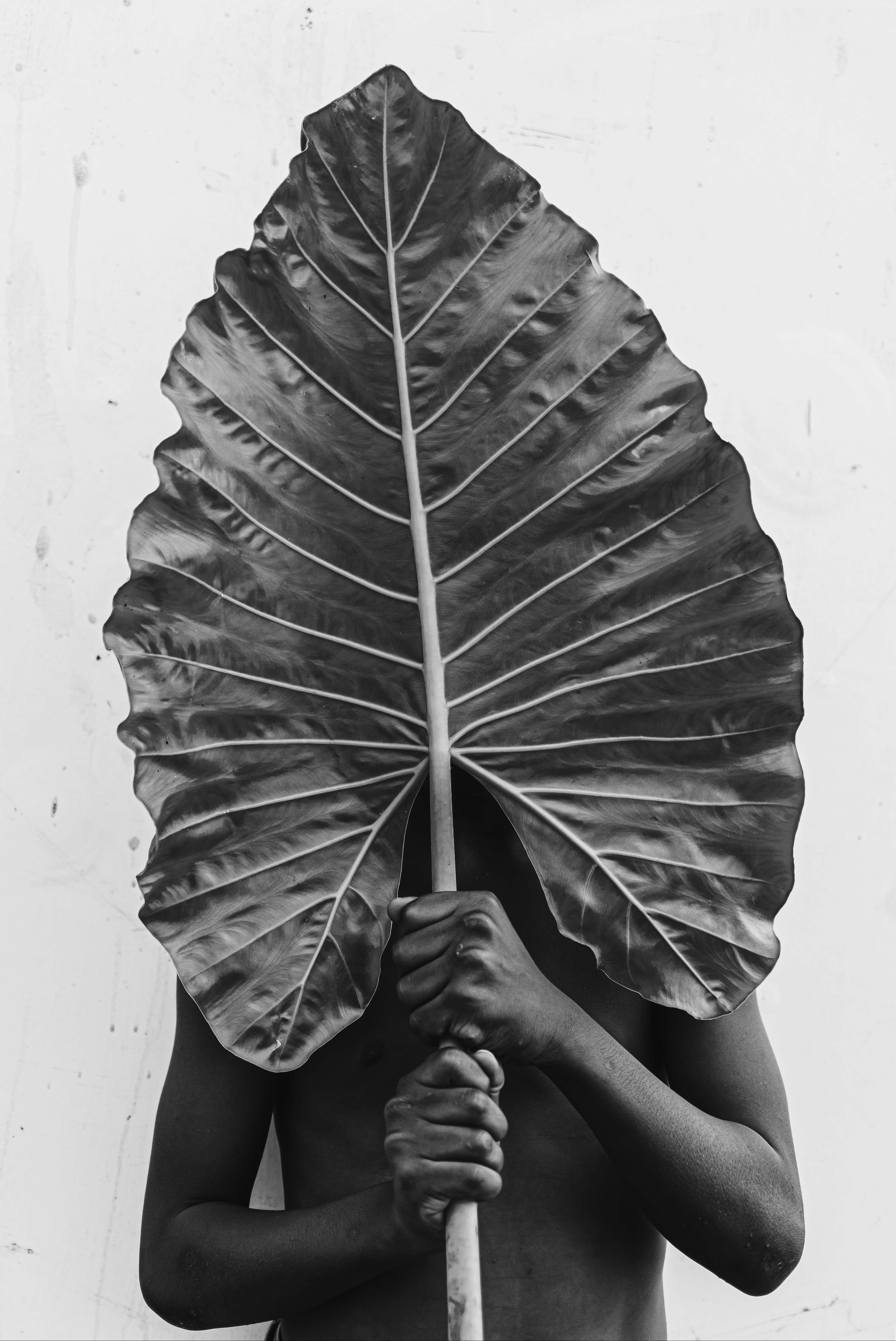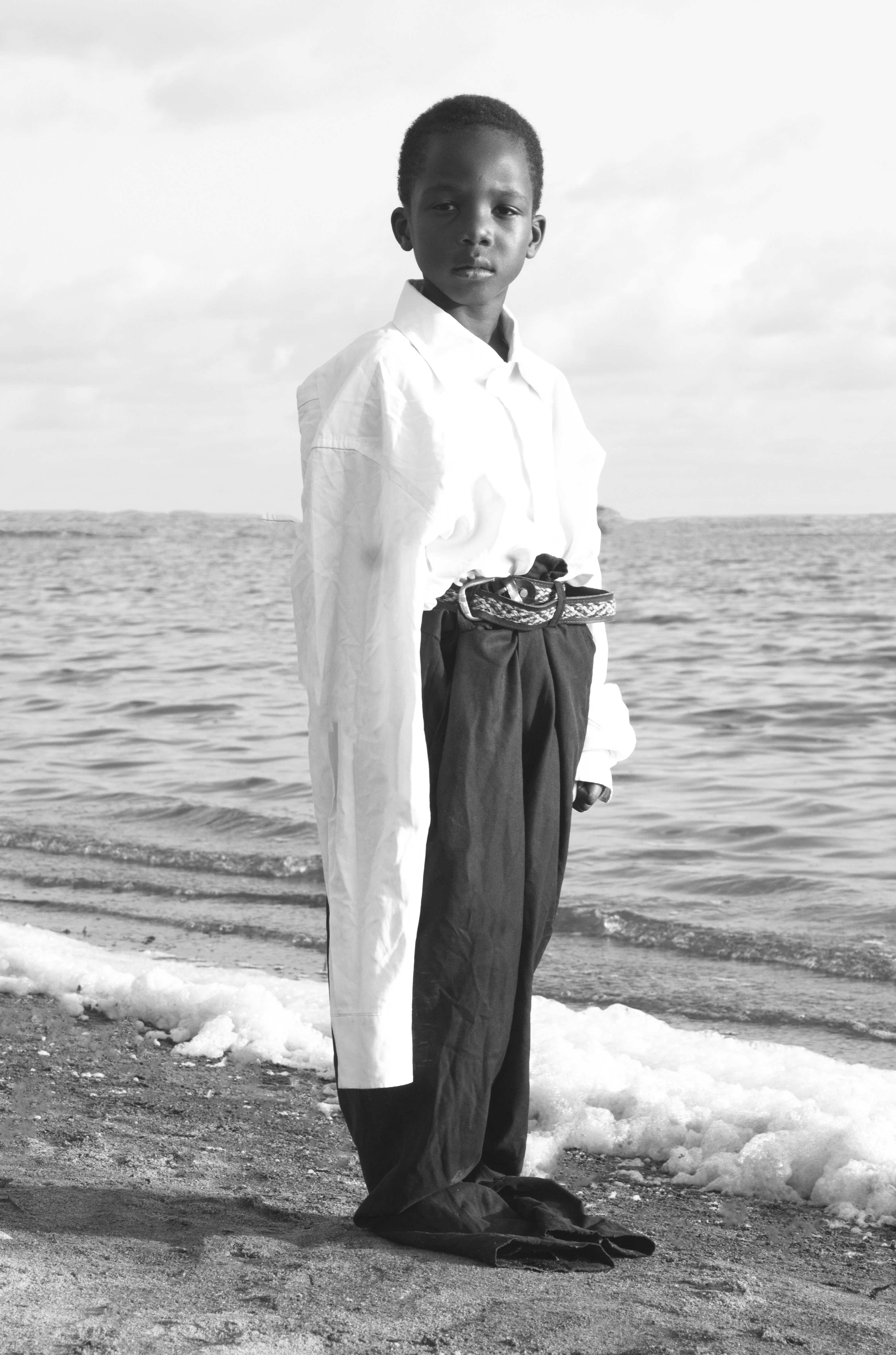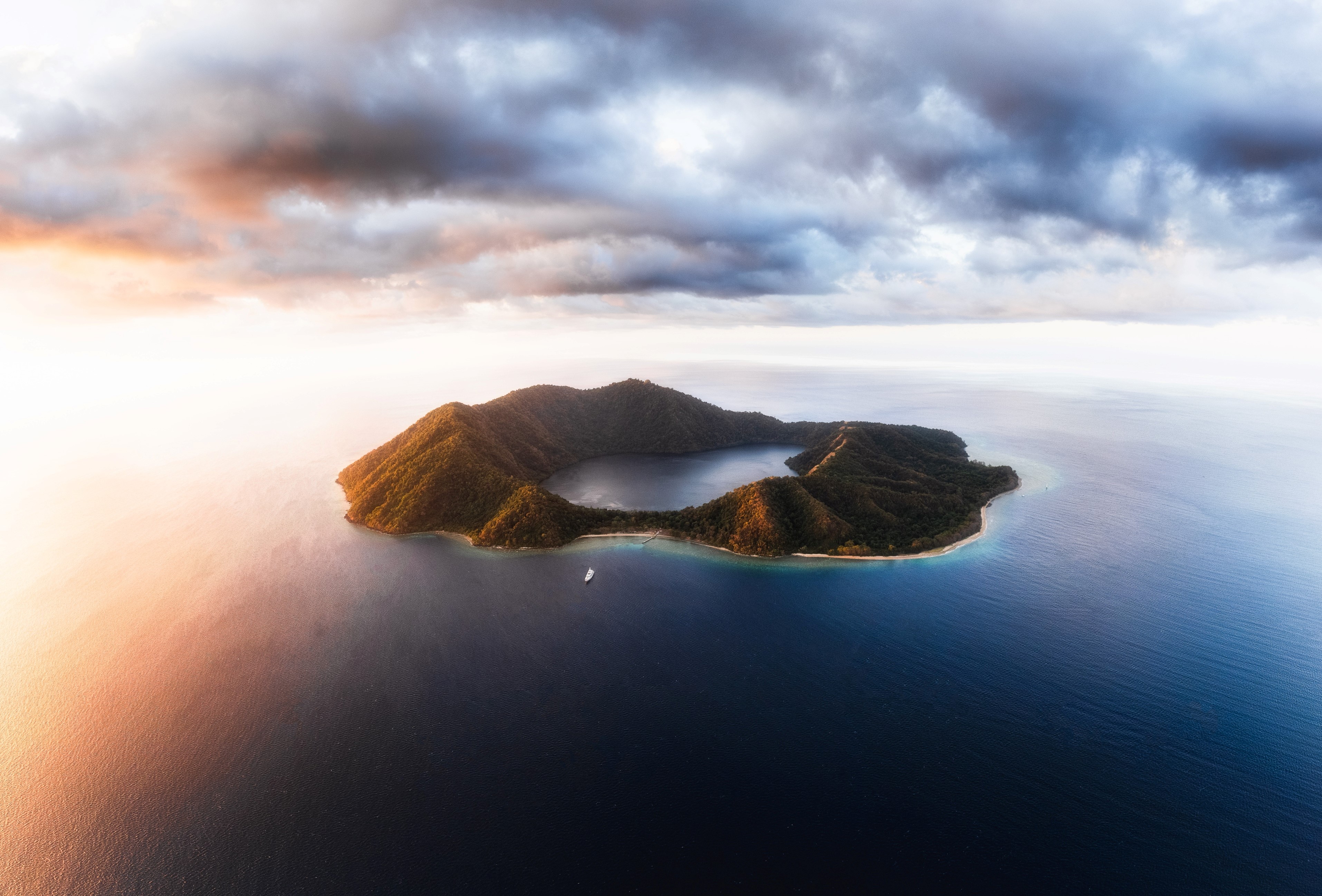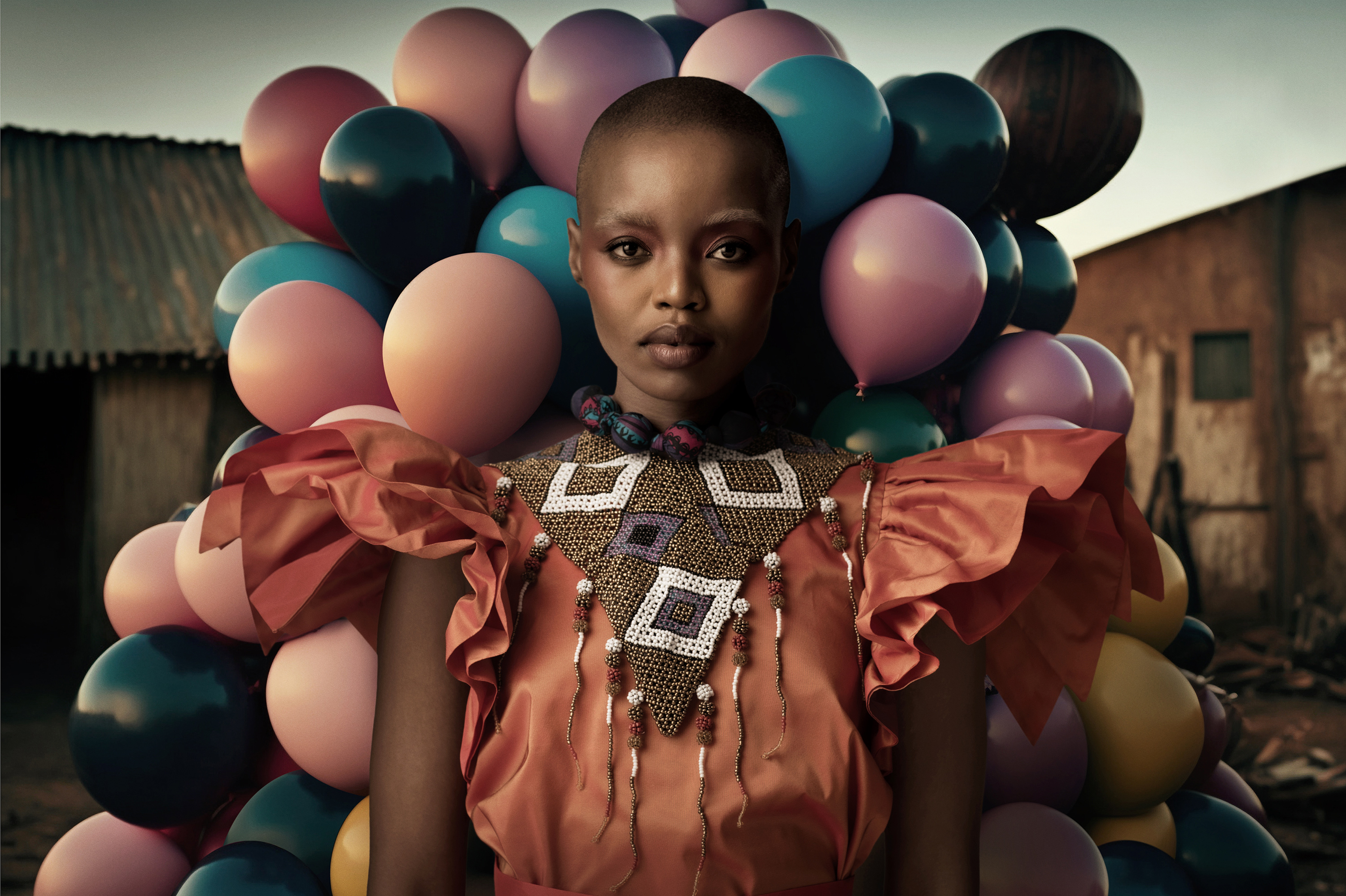In many African cultures, the phenomenon of twin births remains highly contentious. Some regard it as a miracle, a supernatural occurrence, while others consider it a bad omen and something to be feared. Ghanaian photographer Kojo Anim has received his fair share of praise and condemnation for being a twin himself. He’s channelled this outpouring of outbursts, labels, and admirations into his work.
“I have worked tirelessly to show the overlooked Ghanaian culture in its complexity as I aim to create a new world deeply rooted in the old world… I have always loved the arts and embraced my creative talents by channelling them towards drawing and focusing on photography. My passion, strong will and sheer love of this art form have sustained me throughout the years. I am a fraternal twin who is intrigued by the history, relationship and phenomenon of identical twins, and I enjoy capturing them in my works,” says Anim.
His love for photography was cultivated at an early age. It all began with a fascinating discovery of his older brother’s camera, a Canon 1200D.

“At the age of 10, I came across my elder brother’s camera and immediately became fascinated with the flash of the light and the sound of the camera and how it captured what I saw around me,” Anim recalls.
This serendipitous moment would breathe life into a passion that would set the course for Anim’s trailblazing emergence in the world of photography.
“I would dream about a setting and design and would wake up anxious to capture these images from my dreams. When my brother gifted me his camera, I became addicted to photography. I’ve used this camera for all my work. It has become an extension of myself since the day I received it,” says Anim
However, like many who have pursued a career in the arts, the decision wasn’t easy for his parents to accept.
“Growing up Ghanaian in Achimota, Accra, there are cultural demands and expectations that parents have for their children. In my case, my choice of photography as a profession was challenging for my parents to accept. They expected me to follow a typical career path taken by most, such as banking, medicine, law, the military, etc.,” says Anim

However, the creative pushed on. Instead of being deterred by the pressures of society, he turned his camera on it, choosing to take a deep dive into the inner workings of Ghanaian culture and society.
“My inspiration has come from the keen and intent observation of the day-to-day activities of people. I believe that everybody’s actions hold a hidden meaning or carry a secret message which is oftentimes overlooked. Therefore, I seize opportunities and bring them to life so I can share them with the world,” says Anim.
He continues, “Overall, I enjoy scenes in the Greater Accra region. There are places where I go to think, meditate and envision future projects. Accra has many areas that are peaceful. And the beach provides a beautiful, natural landscape full of indigenous plants that I sometimes use as a backdrop for creatively spotlighting the culture. When I create my works, I focus on specific colours and allow the scene to be an inspiration for me as the photographer, as well as my models.”

Speaking about whose work resonates with him the most, Ghanaian photographer James Barnor comes up.
“In my earlier years, photography came to me naturally. I did not research any photographers as I wanted to develop my own unique style and brand. In my dreams, scenes would be revealed to me, which I used as inspirations for my photos. However, over time, I have appreciated the documentary work of James Barnor. His powerful black-and-white images and coloured photographs capture the Ghanaian experience and resonate with all people,” says the photographer.
Anim’s Twin series caught the attention of major international photography and culture publications, including I-D, Dazed and local online platform Bubblegum Club.

The series focuses on the relationship between twins, documenting their experiences, the mysticism around the phenomenon and dispelling preconceived notions.
“Historically, the phenomenon of twins was not easily understood across the globe. In various parts of West Africa, twins were viewed as either good fortune or bad luck to a family. In my community, many found it difficult to relate to twins because of their historical taboos. As a twin, I am a living testimony, and through my work, I share my story and show how being a twin is a blessing,” says Anim.
Outside of documenting the Twin experience, the work of Anim explores the multifaceted lives of Ghanaian youth, the complexities of beauty standards in his country and more.
“Youth empowerment is very important to me as the youth are the champions of change for the future. I think it is crucial to capture them in my work. I also enjoy expressing the standard of beauty from my viewpoint, and I love creating works that show the representation of love.
Overall, my works show the beauty of dark skin models and how their dark skin contrasts with bright and bold colours of plants and fruits and brings out the warmth and shine of the skin. I believe there is magic in melanin. It provides a beautiful canvas for reflecting temperatures and dimensions of light as well as in many subject matters. Melanin is believed to be spiritual, with an energy force that brings people together and represents strength, beauty, gold, creativity and hope for the future,” says the artist.

Speaking about what he’s currently working on, Anim mentions, “I am continuing to build on my work on Future Leaders and my Twin Series. I have also added a series on Boys Community, which highlights interactions and mysterious activities of boys growing up together. There are more projects in the wings, and plans are underway for another feature at a European art fair. There are also plans for features in other high-end magazines, including GQ, The Other Side, and GUP.








